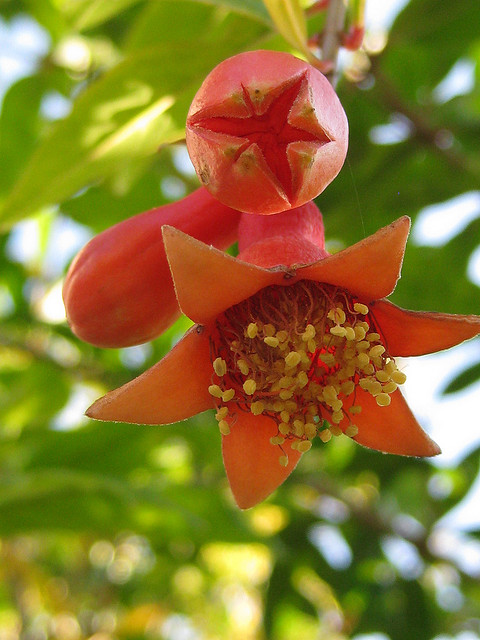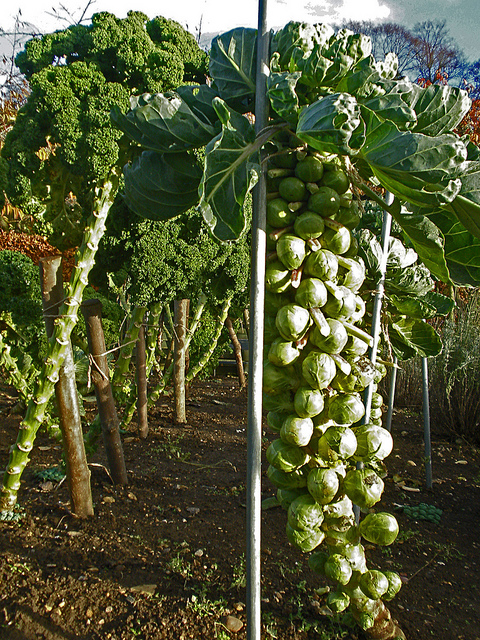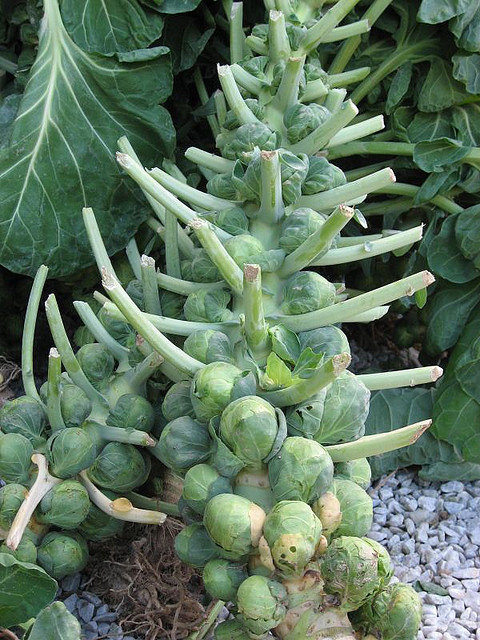
I set out to photograph flowers. I may have been distracted by the bumble bees. No regrets. Photo by Amelia Buchanan. CC.
This is a story of colds, flus, and the hope that their annoying symptoms will one day disappear. From patent medicine hacks to million dollar profits, it’s the story of Echinacea.
This purple Prairie plant is mainly marketed as a remedy for cold and flu symptoms. It is also one of the most popular herbal remedies sold in North America today. And it’s native to Canada!
Tiny hedgehog
Chances are you’ve probably seen Echinacea growing in a garden or along the side of a road. In addition to being herbal remedies, they’re also eye-catching flowers that are easy to grow.
Wonder where the complicated name comes from? It’s the Latin name of the genus, or species group. Echinacea comes from the Greek word for hedgehog, and refers to the flower’s spiny centre. Each ‘spine’ is actually a tiny flower, with its own reserves of nectar and pollen. Like sunflowers and daisies, the flower head is actually made up of dozens disk florets in the centre. The purple petal-like things are ray florets, tiny flowers with one huge petal.
Prairie power
In Canada, Echinacea grows wild in the Prairies of Saskatchewan and Manitoba. It does what it can to get by, enduring drought, humidity, and low-quality soil. It blooms from June to August, and is pollinated by bees, wasps and butterflies.
Indigenous medicine cabinet
For over 400 years, Echinacea was used by Great Plains indigenous peoples to treat a variety of infections. European settlers on the prairies followed their example, using the plant as a cure-all for humans and even cattle. In 1897 students made extra money by gathering wild Echinecea, and by 1917 the herb was being recommended by American doctors.
The road to international fame
Echinacea went on to gain international fame and fortune, but it didn’t happen overnight. European doctors had their own medicinal plants, and little interest in finding new ones.
Echinacea was first introduced to Europe by patent medicine salesman H. C. F. Meyer, who sold Echinacea in the U.S. as a cure or just about everything, including snakebites. With hopes of expanding his market, Meyer sent samples to England for testing. The British scientists quickly learned that Echinacea didn’t do most of the things Meyer claimed it did. However, they were intrigued by its possible immune-system boosting powers, and the rest is history. In the 18th and 19th centuries Echinacea became a popular herb for treating scarlet fever, syphilis, malaria, blood poisoning, diphtheria. It probably didn’t work, but that’s what it was used for.
The fall from glory
The dramatic popularity of Echinacea led to over-harvesting of the wild plants. Fortunately for the flowers, in 1950 antibiotics were introduced and became all the rage. Echinacea fell out of favor, mainly because there was little scientific evidence that it had medicinal powers.
However, not everyone had given up on Echinacea. Research on Echinacea’s powers continued in Germany, where there were more liberal laws on the use of medicinal plants and more appetite for research. Today there are over 800 Echinacea products in Germany alone.
The cold-buster
In the 1970s and 80s, North American consumers realized that modern medicine couldn’t solve everything. Take the common cold. On average, adults get 3 to 4 colds a year, and kids get twice that many. Because there are 200 or so different viruses that can cause colds, there is no medical cure. Alternative medicines and herbal remedies to treat colds and flus regained popularity. Today Echinecea is touted as an immune-system booster that can prevent or treat cold symptoms, with estimated yearly sales in the tens of millions.
Does it work?
The short answer is we don’t know. Some studies say yes, others say no. The U.S. National Institutes of Health gives a tentative ‘maybe’ that Echinacea could be effective for treating the common cold and vaginal yeast infections.
Part of the problem is we haven’t figured out exactly how Echinacea works. It seems to decrease inflammation (swelling) but we don’t know what chemical is responsible. When you’re working with plant extracts that contain hundreds of different chemicals, it’s hard to say which is doing what.
One reason science haven’t given us a definitive answer is that the studies so far have used different species, different doses and different products. Part of the problem is the lack of standardization in the Echinecea marketplace. Some treatments can be 1,000 times stronger than others, and consumer reports have identified some products that don’t even contain Echinacea.
Regardless of what the science says, people still swear by it. Health authorities in Canada and the U.S. tell consumers that Echinacea is safe if they follow the directions on the bottle. If you’re allergic to other plants in the daisy family, like ragweed or marigolds, you may be allergic to this too. Also, Echinacea may interact with some medications, so make sure your doctor knows you’re taking it.
Farming a wild plant
Small scale Echinacea farms have sprung up in Saskatchewan, Manitoba, BC, and Alberta, but don’t produce enough to keep up with the growing demand. Before cultivation can go large-scale, researchers and farmers need to better understand Echinacea’s habits, fertilizer needs and diseases. It takes a while to figure out how to farm a wild plant, just ask Saskatoon berry farms. Echinacea in Canada is mainly harvested for the roots, which take 2-3 years to get big enough to gather.
Now you have something to think about next time you see this spiky, purple beauty.
References
http://www.britannica.com/plant/Echinacea
http://www.thecanadianencyclopedia.com/en/article/new-natural-common-cold-cures/
https://nccih.nih.gov/about/offices/od/2010-12.htm
http://webprod.hc-sc.gc.ca/nhpid-bdipsn/monoReq.do?id=80&lang=eng
http://umm.edu/health/medical/altmed/herb/echinacea
http://www.kew.org/science-conservation/plants-fungi/echinacea-purpurea-eastern-purple-coneflower
Click to access Kindscher-1989-Ethnobotany-of-Purple-Conflower.pdf
http://www.gov.mb.ca/agriculture/crops/production/print,echinacea.html
http://www1.agric.gov.ab.ca/$department/deptdocs.nsf/all/agdex578
http://www.agriculture.gov.sk.ca/Default.aspx?DN=7c8fbf9f-10ad-4ffd-a4f9-780db93ee478

























